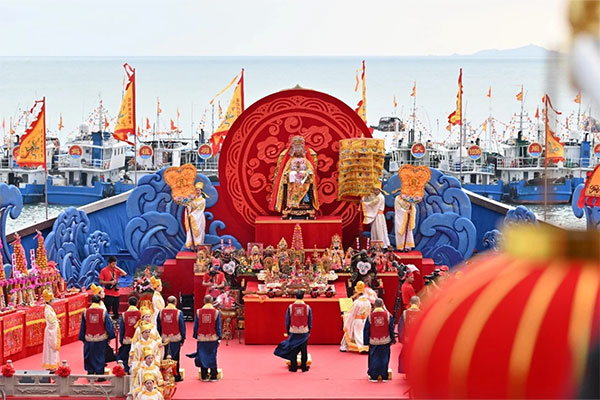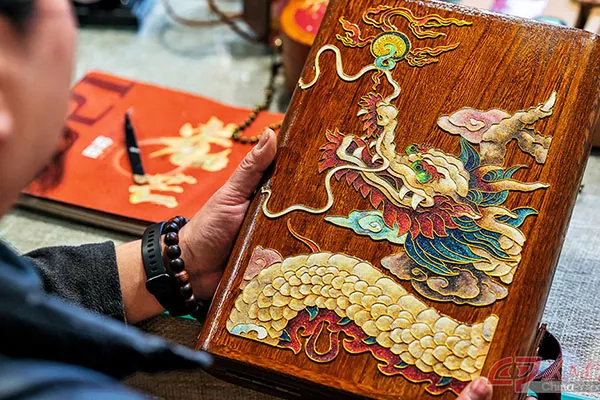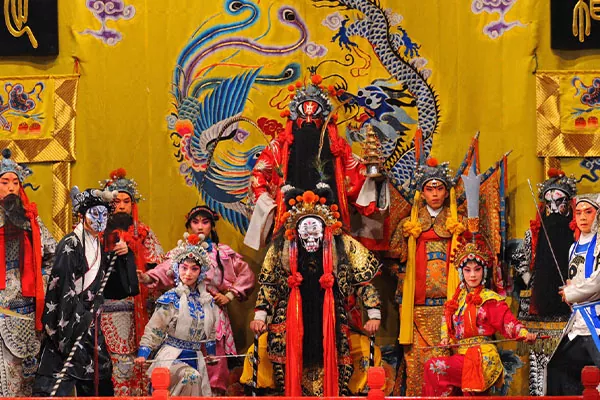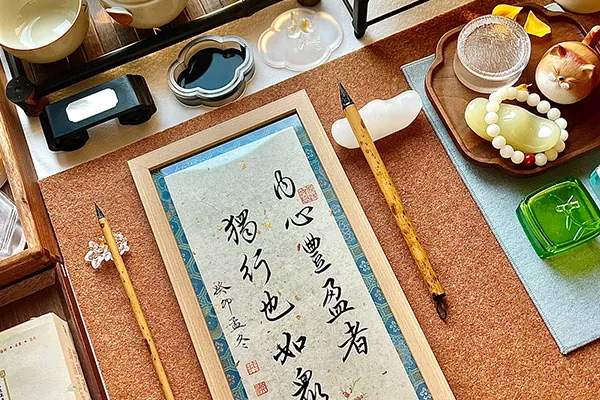Chinese Intangible Cultural Heritage - Mazu Festival
Introduction
The Mazu Festival is a grand ceremonial ritual held to honor Mazu, the sea goddess widely worshipped in the coastal regions of southeastern China. Mazu, originally named Lin Mo, was a native of Putian, Fujian Province, during the Song Dynasty. Revered by fishermen and sailors for her legendary rescues at sea, she was gradually deified as the goddess of the sea. The Mazu Festival not only commemorates Mazu but also serves as a means of inheriting and promoting maritime culture.
History
The belief in Mazu dates back to the Song Dynasty, over a thousand years ago. Initially organized spontaneously by local communities, the Mazu Festival gradually evolved into an officially recognized ritual. During the Ming and Qing Dynasties, the festival was incorporated into state ceremonies, becoming an essential part of official worship. Today, the Mazu Festival is one of the most significant folk activities in the coastal regions of southeastern China.
Regional Characteristics
The Mazu Festival is primarily held in the coastal regions of southeastern China, especially on Meizhou Island in Putian City, Fujian Province, which is Mazu's hometown and the birthplace of Mazu culture. The Mazu Ancestral Temple on Meizhou Island is the central venue for the festival, attracting a large number of devotees and tourists each year. Additionally, the festival is widely celebrated in Chinese communities in Taiwan, Hong Kong, Macau, and Southeast Asia.
Cultural Significance
The Mazu Festival is an important carrier of Chinese maritime culture. Its rigorous and solemn ritual procedures reflect reverence for the sea and respect for Mazu. Elements such as music, dance, and traditional attire in the festival are imbued with profound cultural and historical significance. The belief in Mazu is not only a spiritual anchor for fishermen and sailors but also a symbol of unity and cultural identity for Chinese communities.
Ceremony Procedures
The Mazu Festival involves a highly complex series of procedures, including welcoming the deity, offering tributes, chanting scriptures, praying for blessings, and sending off the deity. Each step follows strict rules and etiquette, with participants wearing traditional attire and adhering to ancient rituals. Music and dance, such as the "Mazu Dance" and "Mazu Music," are integral parts of the festival, showcasing the unique charm of maritime culture.
Preservation and Innovation
As a Chinese Intangible Cultural Heritage, the Mazu Festival has received widespread attention and protection from the state and society. The Putian municipal government and cultural institutions actively promote the inheritance and development of the festival, nurturing a new generation of ritual experts. At the same time, the festival continues to innovate, integrating modern culture and demonstrating renewed vitality.
Conclusion
The Mazu Festival is a treasure of Chinese maritime culture, carrying a rich historical and cultural legacy. By preserving and passing down this ancient cultural ritual, we can not only appreciate the profound depth of maritime culture but also gain a deeper understanding and appreciation of Chinese traditional culture.











